How can you carry items safely in your car
It’s unlikely that all you’ll ever carry in your car is you and other people. You’ll use it for moving shopping, pets, and even large items. There are some important things to think about when you load your car, though:
Will the item roll underneath the pedals – bottles and cans carried in the front of the car are terrible for this. I had an antifreeze can roll under the brake pedal of my Austin Metro when I first started driving at 17 years old. Needless to say, I moved it to a safer place after that.
Will the item fly forward and hit you if you stop suddenly? If an item is loose, when you brake, it will carry on moving, possibly into the back of your head where it can cause serious injuries.
Will the item slide around while cornering? This can cause contents to spill, or if the item is heavy it can damage interior linings, even so much as to cause dents in the car’s panelwork from the inside!
Will the item distract me while I’m driving? Some items vibrate or rattle and can test your patience over long distances.
What options are there for carrying items in your car?
There are five places which are good to use for carrying items: the boot, the glovebox and other cubby holes with lids, down low behind or under the driver and passenger seats, on a roof rack or in a trailer.
There are four places which are generally bad for carrying items: held by a passenger, on the rear parcel shelf, on your lap and on the passenger seat.
The boot
If you have a sedan/saloon car, then your boot will be totally enclosed. You might have seats that fold forward, or a ski hatch. The things to be aware of are either blocking a heavy load from moving or tying them down in the boot using load anchor points. Heavy loads can break through the rear seats in a frontal impact.
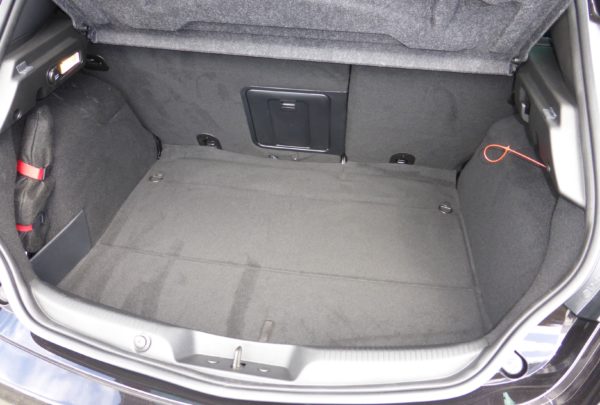
If you have a hatchback or estate, don’t load items above the level of the top of the rear seats unless you have a cargo barrier.
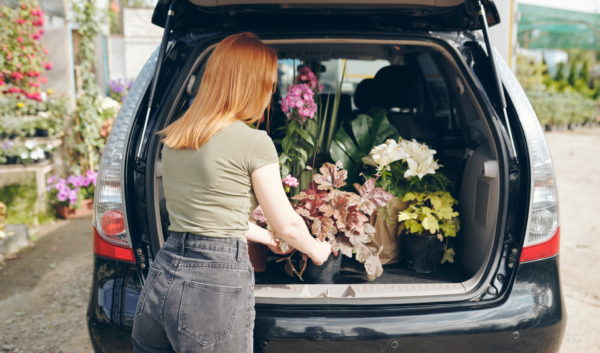
If you fold your seats forwards, you will need to restrain items so that they don’t move forwards into the front of the cabin.
Some vehicles have a smaller compartment under the boot floor which you can carry heavy items in. Use this to separate out items that are smaller and difficult to restrain.
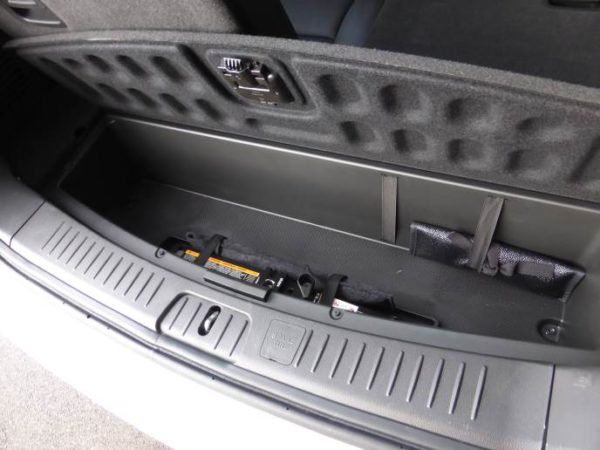
The glovebox and other small storage areas
Small heavy items can be stored in the glovebox, centre console or other storage areas that can be closed. These are the kinds of things that are heavy enough to cause an injury in a crash (e.g. a cellphone)
The rear passenger space
Items can be carried either under the seats, down load behind the seats (e.g. laptop or shopping), or across the back of both seats (e.g. a guitar or gun case). Take care with security as your items will be visible to opportunist criminals.
You can block and secure heavier items such as gas bottles behind the passenger seat, but it’s not an optimal solution.
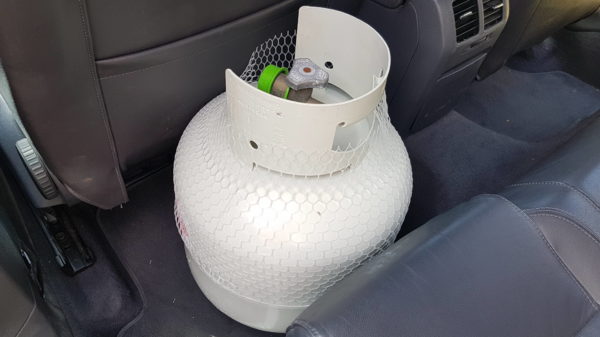
Avoid carrying heavy items on the rear passenger seats as they will have enough force to break through the back of the seat in a frontal impact crash.
Roof rack
Read our article about carrying items on a roof rack.
Trailer
Rear our article about carrying items in a trailer.
Passenger holding the item
Unless the item is very light, a passenger should not be carrying it for you. In a frontal impact at 30mph, the weight of an item will increase around 30 times which will make it impossible to hold on to. Plus, if the airbags deploy in a crash, that object could be projected back towards you, or your face hits the airbag along with that object – either could cause you some severe injuries.
On your lap
The same applies to people who let their pets ride on their lap, or even roam around in the car unrestrained. If you care for your pet and don’t want it to die a horrible, squished death, use a proper harness or cage. Read our article about carrying pets in a car.
On the parcel shelf
The name is misleading as you don’t really want to put anything on there that’s not very light and not sharp or rigid (hat, jacket, sun visor, etc). As it sits at the same level as the top of the rear seats, anything on it will be thrown forwards in a frontal impact.
The passenger seat
Light items that won’t roll or slide can be carried on the passenger seat, but larger items should not be. Avoid putting a wine bottle on the front seat.
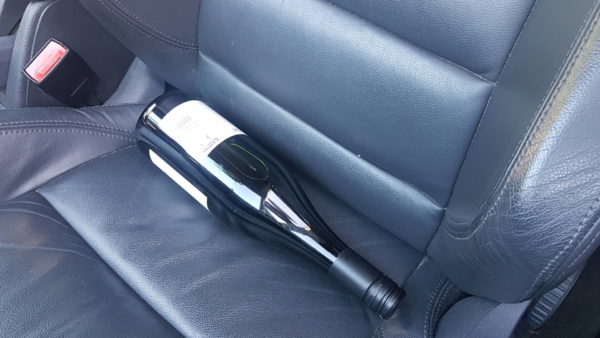
- Understanding the National Standards for Riding Mopeds and Motorcycles
- Livestock Transport Rules UK: A Complete Guide to Animal Transportation Requirements
- The Role of Safety Advisers in Dangerous Goods Transport
- Sustainable Driving: Reducing Your Environmental Impact on the Road
- Developing Effective Lesson Plans for Driver Training
- UK Agricultural Vehicle Registration and Tax Relief
- Challenges of Transporting Radioactive Materials (Class 7)
- Exemptions and support for Clean Air Zone charges
- Navigating Legal Requirements: The UK Motorcycle Licensing Rules
- Safe Transportation of Agricultural Chemicals and Hazardous Materials
- Innovations in Vehicle Construction for ADR Compliance
- Motorcycle Recovery Operations: How to Recovery a Broken Down Motorbike
- Alternative Fuels in Agricultural Vehicles
- Carriage of Dangerous Solids in Bulk Containers
- Understanding Limited Quantity Exemptions in ADR